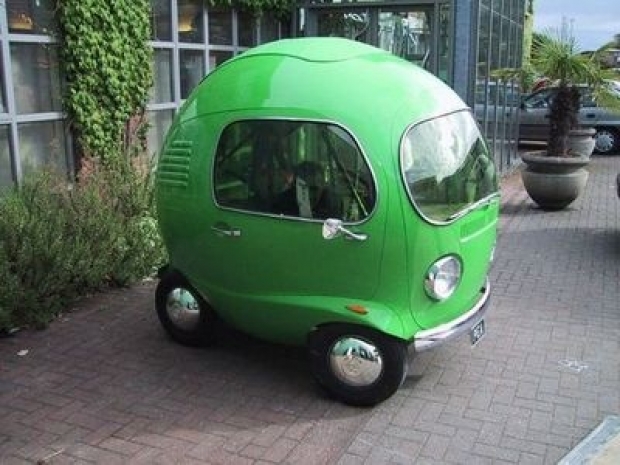While coppers investigating the crash point out that a human would have had difficulty seeing the woman before she bounced off the bonnet of the Uber self-driving car, many observers wondered why the sensing equipment failed to do so.
Word on the street is that Uber's robotic vehicle project was not living up to expectations for months . The cars were having trouble driving through construction zones and next to tall vehicles, like big rigs. And Uber's human drivers had to intervene far more frequently than the drivers of competing autonomous car projects.
Waymo, formerly the self-driving car project of Google, said that in tests on roads in California last year, its cars went an average of nearly 5,600 miles before the driver had to take control from the computer to steer out of trouble. As of March, Uber was struggling to meet its target of 13 miles per "intervention" in Arizona.
The information was found in 100 pages of company documents obtained by The New York Times and two people familiar with the company's operations in the Phoenix area but not permitted to speak publicly about it.
Uber's test drivers were being asked to do more - going on solo runs when they had worked in pairs. And there also was pressure to live up to a goal to offer a driverless car service by the end of the year and to impress top executives.
John Krafcik, chief executive of Waymo, formerly Google’s autonomous-vehicle project, said Waymo’s cars are intensively programmed to avoid such calamities.
“I can say with some confidence that in situations like that one with pedestrians — in this case a pedestrian with a bicycle — we have a lot of confidence that our technology would be robust and would be able to handle situations like that”, Krafcik said Saturday during a panel at the National Automobile Dealers Association convention in Las Vegas.
Krafcik had been asked directly whether a Waymo car would have reacted differently than the self-driving Uber.




